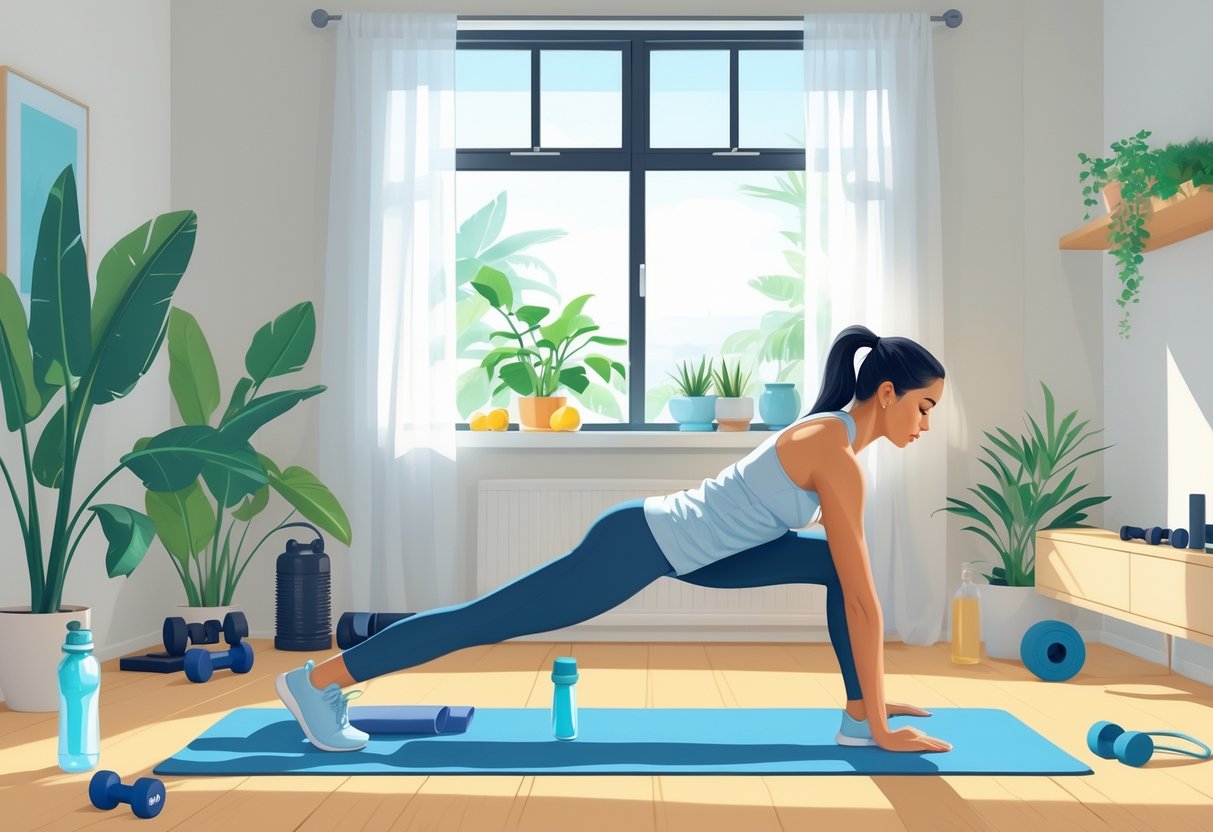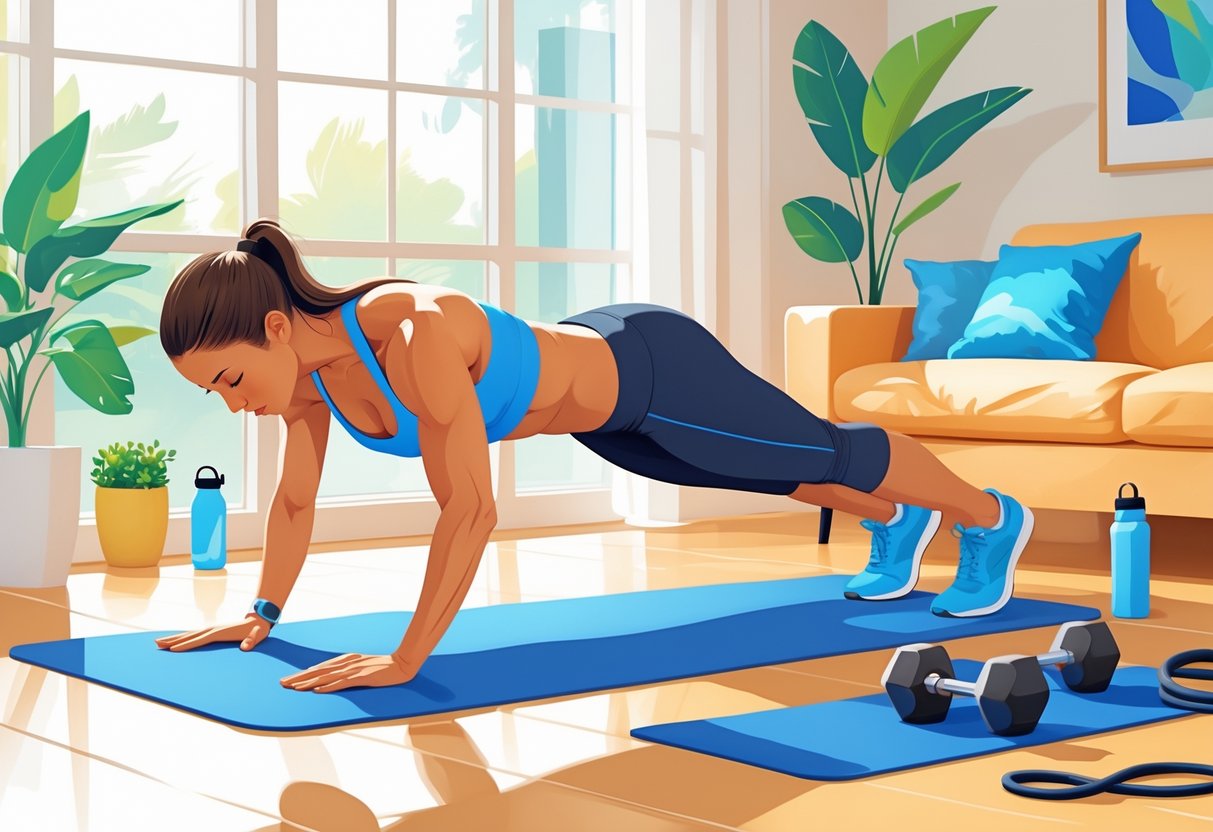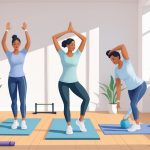Maximize Your At-Home Workout Results with Minimal Equipment Essentials
Tips to Maximize Results in a Home Setting

Achieving the best results from your home workout routine requires smart use of space and effective time management strategies. By optimizing your environment and schedule, you can enhance the efficiency and effectiveness of your workouts, even with minimal equipment.
Optimizing Your Space
Creating a dedicated workout area in your home can significantly enhance your exercise experience. Consider using a corner of a room or a spare room where equipment like a yoga mat, dumbbells, or a pull-up bar can be easily accessed and stored.
Make sure the area is clear of clutter to minimize distractions and provide enough space to move freely. Improving airflow and lighting can also boost motivation.
Natural light or bright lamps help create an energizing atmosphere. It’s beneficial to have a mirror on hand to monitor form and ensure exercises are done safely.
Using proper form is crucial for effectiveness and injury prevention in home workouts. Stores or online resources can offer adjustable equipment that saves space while providing varied resistance levels.
Time Management for Busy Schedules
Fitting workouts into a packed schedule requires careful planning. One effective strategy is to allocate specific time slots for exercising, like early mornings or during lunch breaks, and treating these times as unmissable appointments.
Set reminders or alarms to establish this habit. High-intensity interval training (HIIT) sessions and circuit training are particularly effective for maximizing results in a short timeframe.
These methods incorporate cardio and strength exercises that boost metabolism, allowing for efficient calorie burning. Staying consistent and aiming for at least four weekly workouts can lead to significant physical improvements over time.
Additionally, utilizing rest days for light activities, such as walking or yoga, can improve recovery and maintain momentum.
Frequently Asked Questions

For anyone working out at home, understanding effective exercises, methods, and routines is crucial. This section provides clear answers to common questions about maximizing results with minimal equipment.
What are the best full-body exercises to do at home without any equipment?
Exercises like squats, lunges, push-ups, and planks target multiple muscle groups effectively. Incorporating variations, like jump squats and side lunges, can further enhance these workouts by adding a cardiovascular component, increasing endurance and strength.
Can you build muscle at home with a no-equipment workout?
Yes, building muscle without equipment is feasible by focusing on bodyweight exercises. Movements like push-ups, pull-ups, and bodyweight squats can progressively overload muscles, promoting hypertrophy.
Consistency and an increasing challenge are keys to development.
How can a beginner start working out at home without any equipment?
Beginners should start with basic exercises like squats, push-ups, and crunches at a comfortable pace. Gradually increasing repetitions ensures steady progress, avoiding injury.
Rotating exercises helps maintain interest and targets different muscle groups, creating a balanced routine.
What is the 5 4 3 2 1 workout method, and how can it be applied to home workouts?
The 5 4 3 2 1 method involves performing five exercises with descending repetitions. For example, 50 jumping jacks, 40 squats, 30 push-ups, 20 lunges, and 10 burpees.
This structure is time-efficient and can easily be adjusted to suit various fitness levels and home environments.
What does an effective home workout plan entail, and where can I find a reliable PDF guide?
An effective plan includes a balance of strength, cardio, and flexibility exercises. Emphasizing correct form is essential to prevent injury.
For structured guidance, resources like Healthline’s workout plans often include downloadable PDFs suitable for various fitness levels.
How many times a week should one perform home exercises for optimal results?
For optimal results, engaging in home workouts three to five times a week is ideal.
This frequency allows for adequate muscle recovery and continuous improvement.



